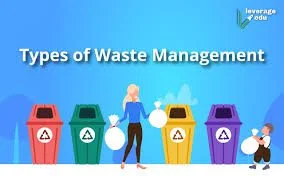Waste reduction is both environmentally and economically beneficial both to society as a whole, and to businesses and the community. Waste reduction at source involves good practice, input material changes, product changes and technological changes.
Good practice can be as simple and effective as good housekeeping, maintaining production procedures, minimizing spillages and proper auditing of input and final destination of raw materials.
There are many examples of where a change in input material has resulted in a reduction of waste in the production process.
For example, the replacement of organic solvents with water based types, or the replacement of hazardous solvents, such as benzene and chlorinated organic solvents, with less hazardous solvents.
Product changes can be used to reduce the production of waste or materials used within the manufacturing process. Examples include the reduction in the weight of packaging, e.g. the thickness and therefore weight of drinks cans have shown a reduction of more than 50%. Plastic items, such as carrier bags and yoghourt pots, have similarly shown a reduction in thickness and therefore weight.

A change in technology can mean a fundamental change in the process, a change in the process conditions, a change to an automated system or re-engineering of the process.
Read Also : Proper Wastes Treatment and Disposal Methods
Another option of waste reduction is waste re-use. Re-use involves using a product or package more than once or re-using it in another application. Examples include re-using plastic supermarket carrier bags, glass milk bottles, reuse of partly worn tyres and car parts via car scrap merchants.

